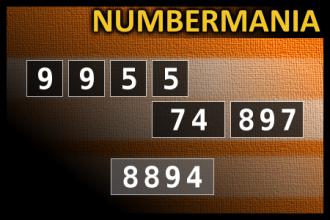Calculate the number 8894
NUMBERMANIA: Calculate the number 8894 using numbers [9, 9, 5, 5, 74, 897] and basic arithmetic operations (+, -, *, /). Each of the numbers can be used only once.
News photographer on plane
His request approved, the news photographer quickly used a cell phone to call the local airport to charter a flight. He was told a twin-engine plane would be waiting for him at the airport. Arriving at the airfield, he spotted a plane warming up outside a hanger. He jumped in with his bag, slammed the door shut, and shouted, ‘Let’s go’. The pilot taxied out, swung the plane into the wind and took off.
Once in the air, the photographer instructed the pilot, ‘Fly over the valley and make low passes so I can take pictures of the fires on the hillsides.’
‘Why?’ asked the pilot.
‘Because I’m a photographer for cable news,’ he responded. ‘And I need to get some close up shots.’
The pilot was strangely silent for a moment, finally he stammered, ‘So, what you’re telling me, is… you’re NOT my flight instructor?’
Found on http://www.americanflyersmorristown.net, posted on November 2009 Newsletter

